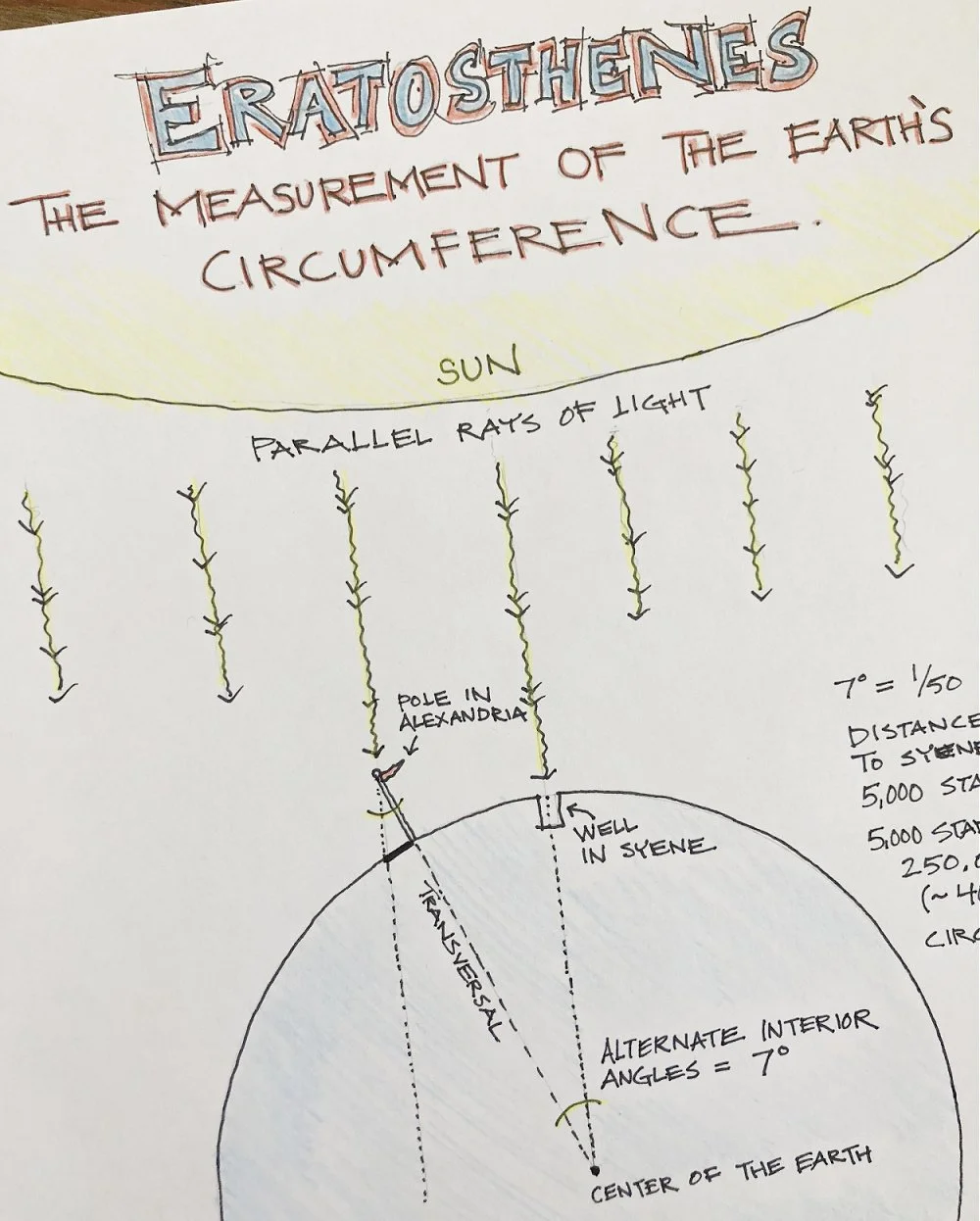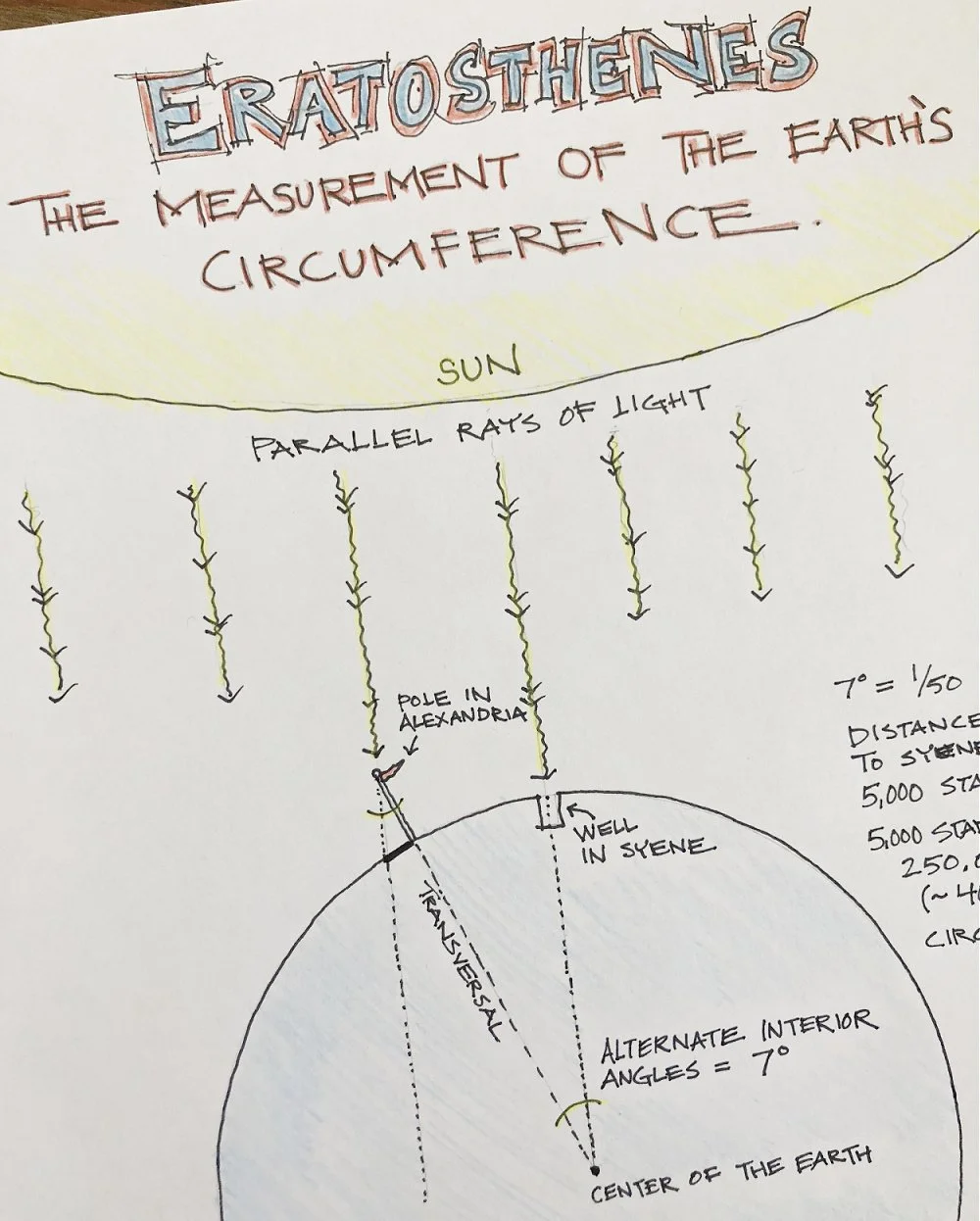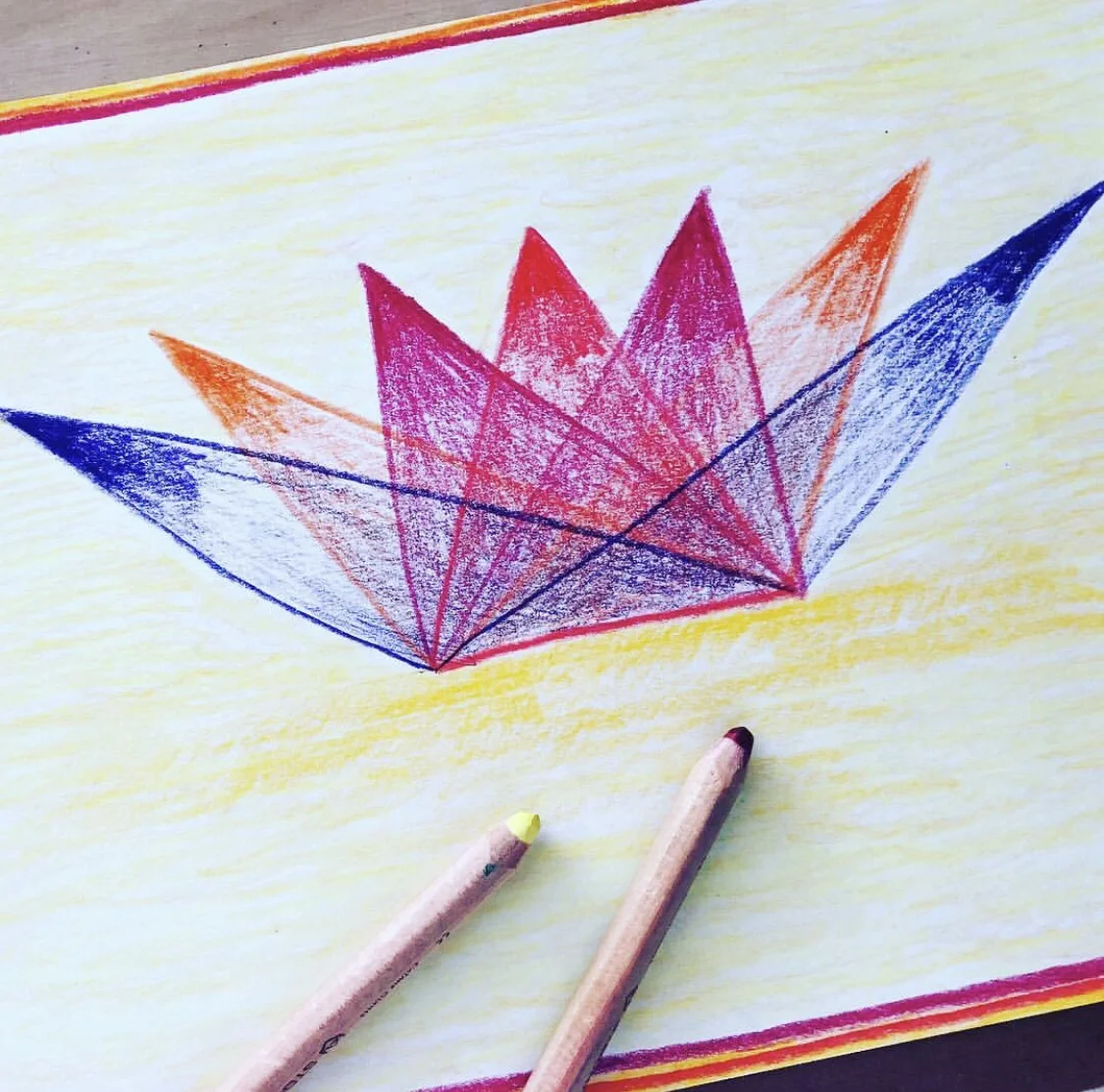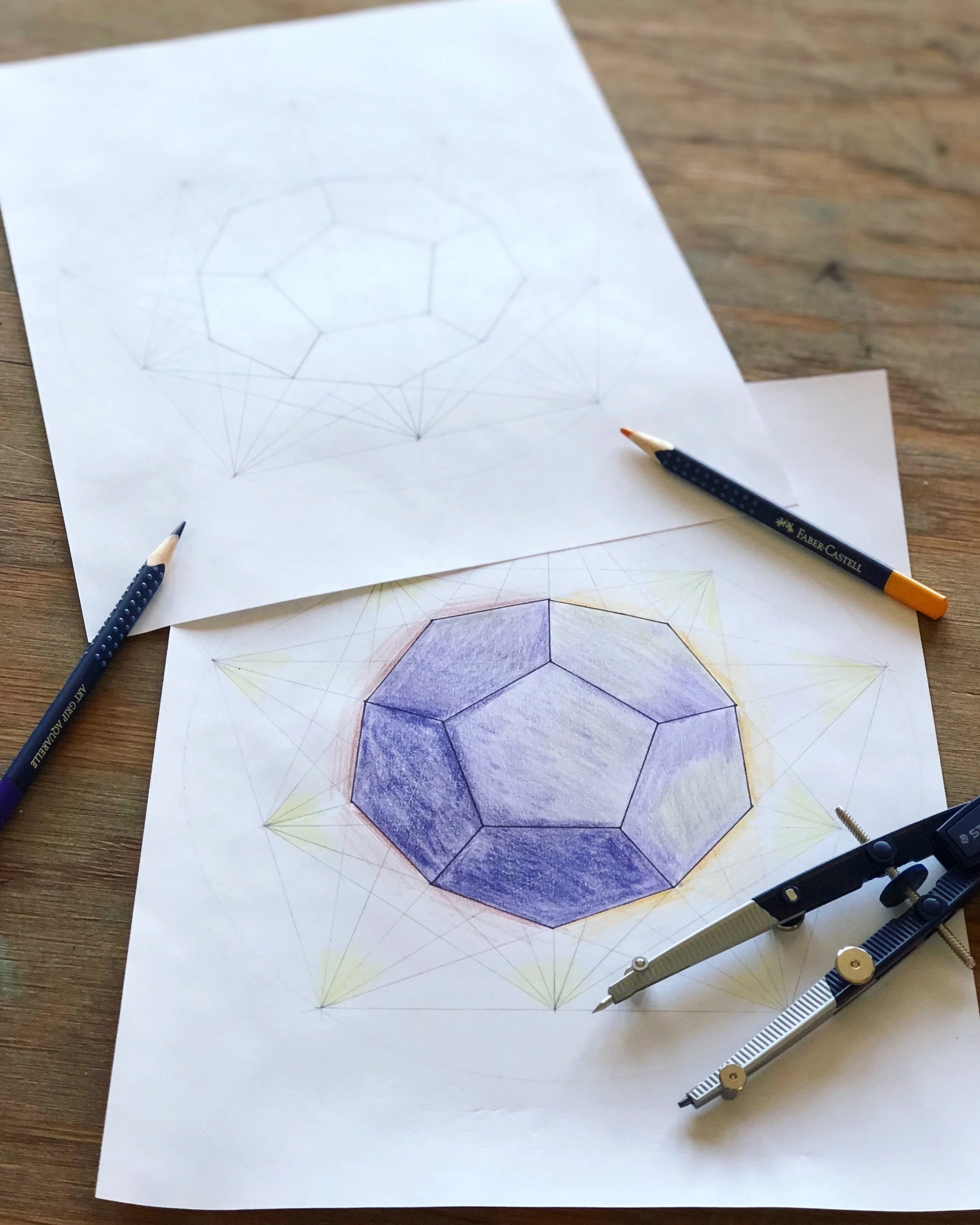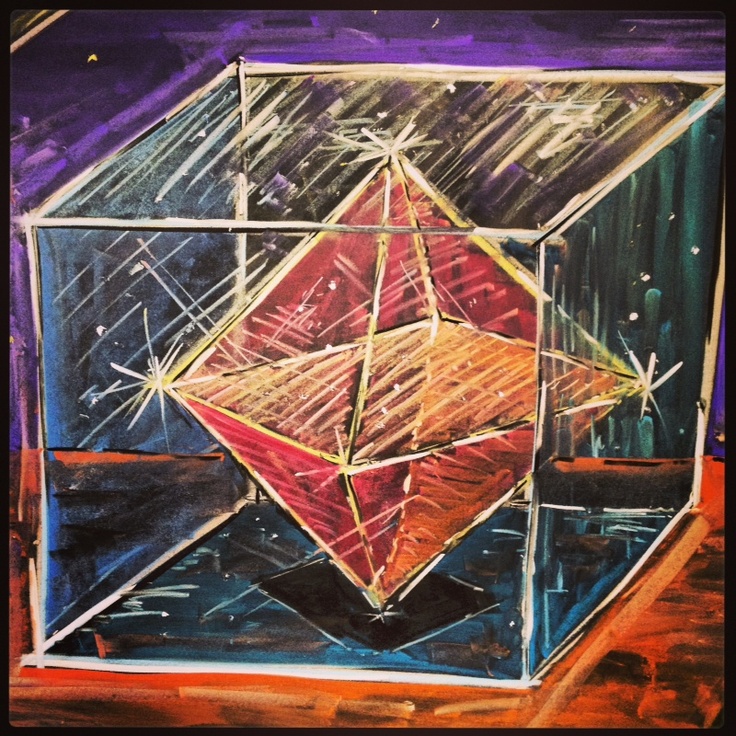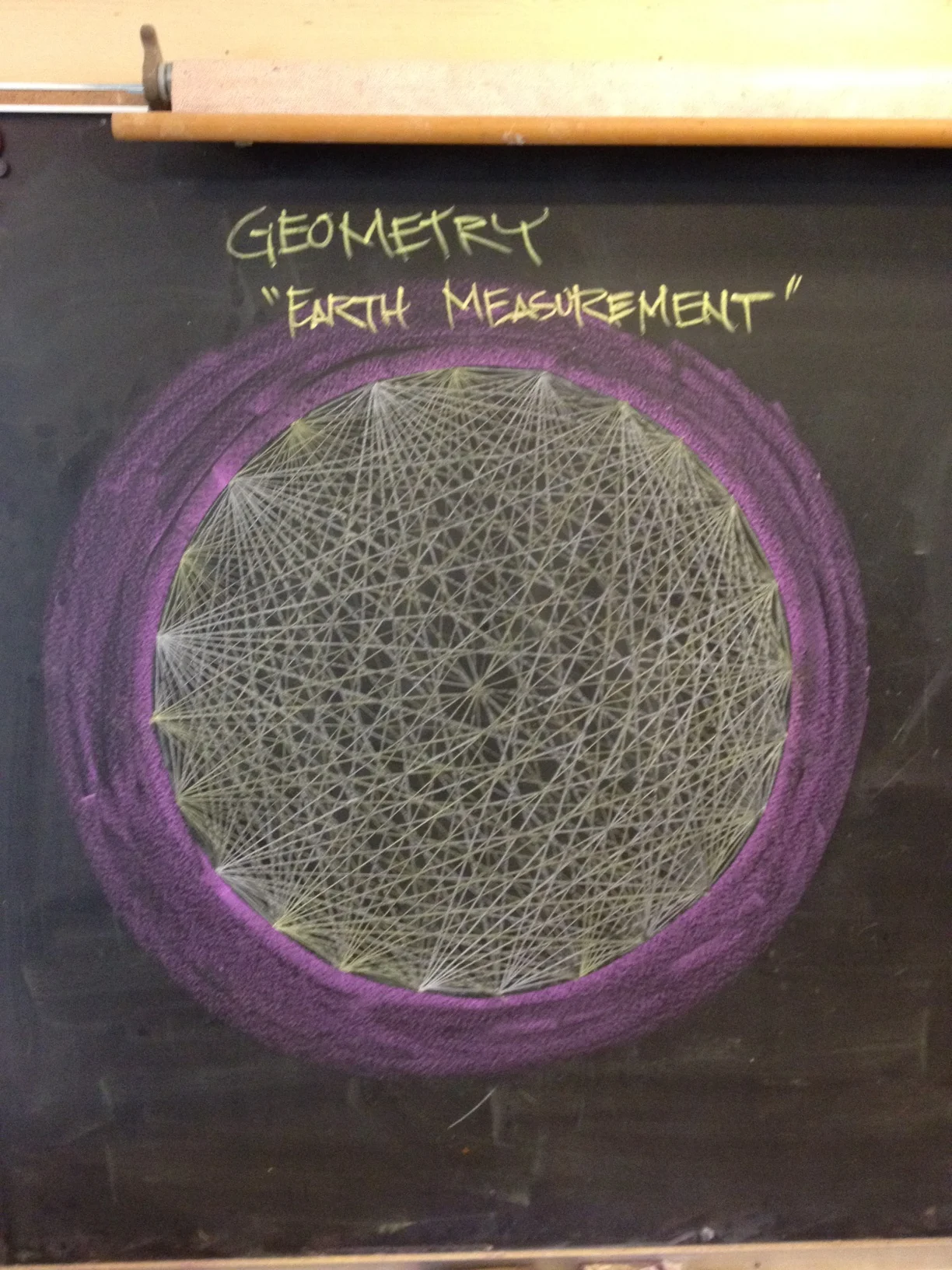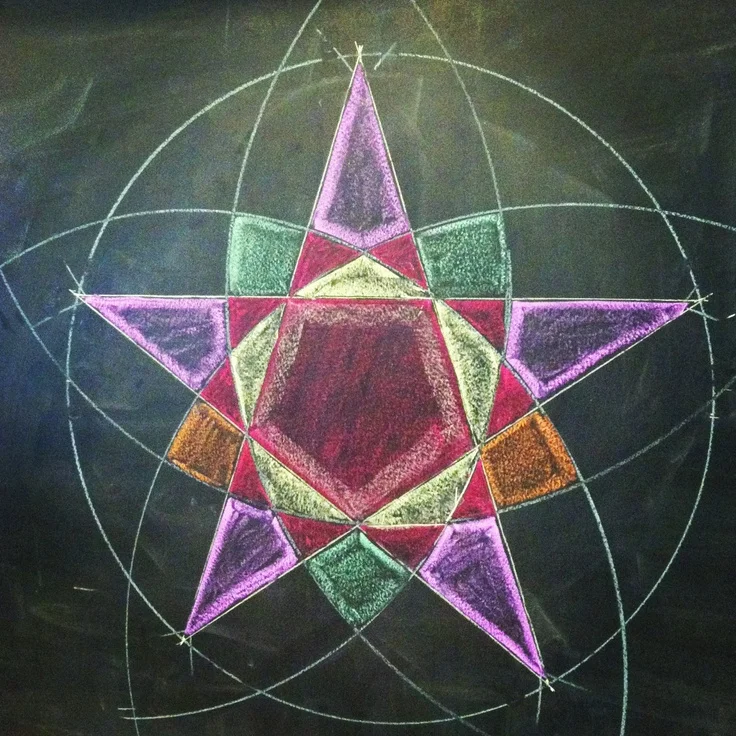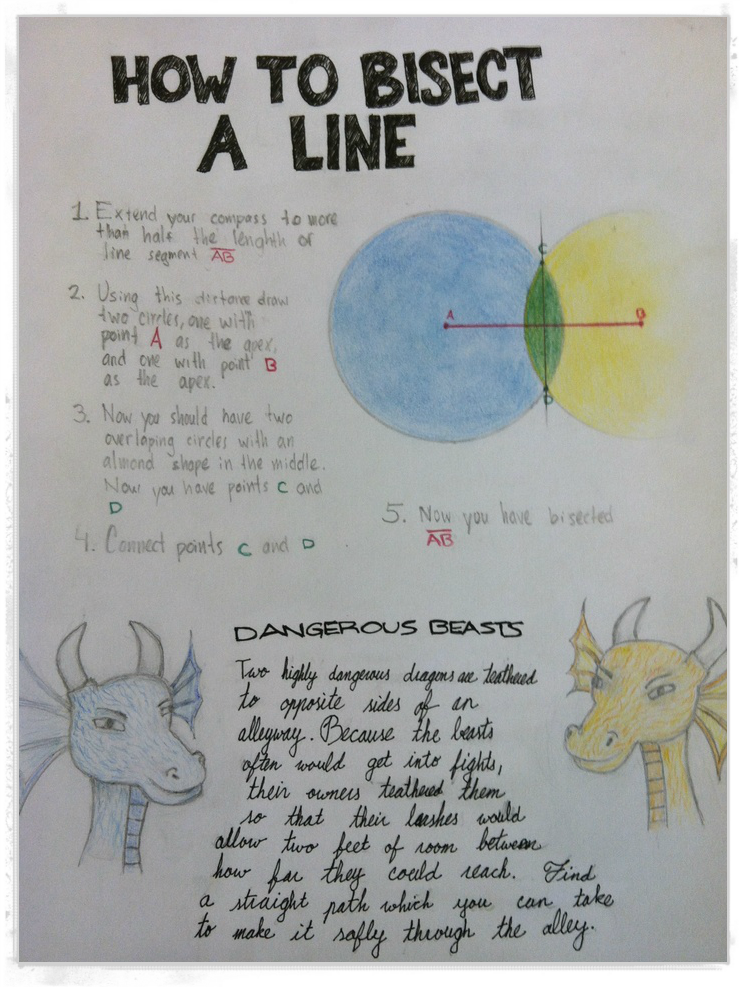Why Seventh Grade Geometry in Waldorf Education is So Much More Than Math
In Waldorf education, seventh grade marks a time of profound transformation. The child is entering adolescence - curious, questioning, and more emotionally aware than ever before.
Example work from Grade Seven Geometry curriculum.
It’s a phase where students begin to look both inward and outward with new intensity, seeking meaning, structure, and truth in the world around them.
This is precisely why the seventh grade geometry curriculum is such a perfect fit: it weaves together logic and beauty, discovery and structure, the artistic and the analytical.
Geometry in seventh grade builds on the strong foundation laid in earlier years. In fifth and sixth grade, students explored the natural forms of geometry - think of the hexagons in a beehive or the spirals of a sunflower - while gaining comfort using a compass and straightedge. They practiced freehand constructions that mirrored the work of the Ancient Greeks, and they learned to appreciate geometry not as abstract math but as a living language of form and proportion.
Now, in seventh grade, the curriculum deepens and expands. Geometry becomes a journey of exploration - across time, culture, and perspective. Students revisit Ancient Greek ideas through the lens of Renaissance artists and architects. They investigate how geometry shows up in the human body (like in Leonardo da Vinci’s Vitruvian Man), in Gothic cathedrals, and in the natural world through phenomena like the Fibonacci sequence. Geometry becomes a kind of time travel - linking the student with thinkers and creators across history.
For example, rather than simply memorizing formulas, a seventh grader might explore area by constructing a golden rectangle using only a compass and straightedge, then identify the golden ratio in pinecones, flower petals, or seashells.
Or they might discover the value of Pi not by being told it's 3.14159… but by physically measuring circles in nature - wrapping string around a tree stump or tracing circular stones - and calculating the ratio of circumference to diameter.
The moment they realize that the answer is always just a little bit more than three is a revelation, especially when they learn that this irrational number continues forever without repeating - just like some of life’s biggest questions.
In Waldorf education, we understand that seventh graders are beginning to see themselves as separate individuals.
They want to test what is true. So it’s no surprise that they take real delight in uncovering geometric truths. Proving the Pythagorean Theorem using ancient visual methods - like drawing squares on the sides of a triangle and physically rearranging them to prove equivalence - gives students a hands-on way to engage in abstract thinking. It shows them that some things can be known, that there are universal laws, and that their own reasoning and observation can uncover them.
Geometry at this stage also encourages discernment and builds trust in one’s own inner capacities. Adolescents are often swimming in a sea of emotion and change, but patterns like those in sacred geometry or the Fibonacci sequence offer grounding and reassurance. Amid the swirling questions of identity and belonging, geometry quietly says: “Some things are constant. Some things make sense.”
And perhaps that’s the greatest gift of seventh-grade geometry in the Waldorf curriculum.
It’s not just about mastering content; it’s about helping students feel connected - to truth, to history, to the natural world, and to their own sense of wonder.
About the Authors
Robyn Beaufoy is Waldorfish’s CEO, and also a course instructor for Simple Season, Waldorf Art for Beginners, and Weekly Art Foundations. You’ll find her intuitive touches and influences throughout everything Waldorfish offers. Robyn has been in the world of education for over 25 years, with an MA in Education and a certification in Waldorf teaching - she also homeschooled both of her children for some of that time. In 2012 Robyn co-founded Waldorfish.com, creating it with the vision of making Waldorf inspired-art and pedagogy more accessible, joyful, and doable for homeschoolers all over the world.
Caitlin Amajor is Waldorfish’s course instructor for Geometry grades 5 & 6, and Botany, as well as our Administrative Assistant. From a young age, Caitlin has been immersed in Waldorf education, attending a Waldorf school from K-8. After receiving a BA in History, Caitlin gained her certification in Waldorf teaching, and spent seven years as a Waldorf class teacher in the upper grades. With a special fondness for watercolor painting and geometry, Caitlin loves bringing Waldorf education to her students all over the world, and seeing their own individuality and style bloom from the curriculum!
